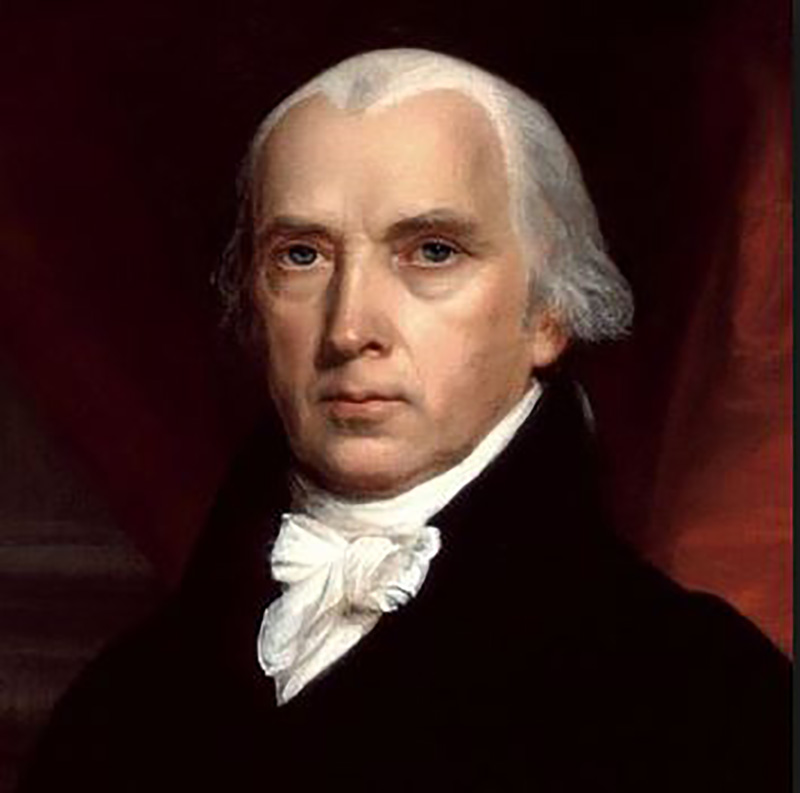Constitution Day is observed each year on Sept. 17, the day the framers signed the completed final draft of the proposed U.S. Constitution at the Constitutional Convention in 1787. We should all take time – especially on Constitution Day – to put aside what we have been taught in government schools about the Constitution and look at information about it that is not so biased and full of propaganda.
The Articles of Confederation was the first American constitution, drafted in 1777 shortly after the states seceded from Britain. It was ratified in 1781. There were imperfections under the Articles, such as the lack of free trade between the states due to states putting taxes (tariffs) on goods imported from other states. (Thus the need to regulate, meaning to make regular through free trade, commerce among the states.)
The Articles very effectively limited the power of the U.S. government, but they were strong enough to defeat the superpower of the time, the British Empire. The imperfections of the Articles led to the Constitutional Convention of 1787, with the representatives’ only authorized purpose being to revise the Articles. However, instead, the delegates held secret closed-door sessions and wrote a completely new constitution.
The new U.S. Constitution, meant to bind and limit government power, gave more authority to the federal government and made it possible for the government to break free from the chains of the Constitution almost immediately after ratification. This was massive deregulation of the most dangerous monopoly of all – the monopoly of force that is government.
The system of government was structured and was supposed to work the same way under both Constitutions. The people and the states were to be sovereign and almost completely self-governing, except for the few specifically stated powers delegated to the federal government in the Constitution – which mostly pertained to defending the country’s borders from invasion and aggressors.
James Madison, known as the father of the U.S. Constitution, described it as follows: “The powers delegated by the proposed Constitution to the federal government, are few and defined. Those which are to remain in the State governments are numerous and indefinite.”

This principle was laid down in the 10th amendment of the Bill of Rights, which states, “The powers not delegated to the United States by the Constitution, nor prohibited by it to the States, are reserved to the States respectively, or to the people.” Thomas Jefferson referred to this as the foundation of the Constitution, saying “To take a single step beyond the boundaries thus specifically drawn around the powers of Congress, is to take possession of a boundless field of power, no longer susceptible to any definition.”
The conventional wisdom is that the Constitution is meant to be a living and breathing document that can evolve and be re-interpreted to change with the times. The truth is just the opposite. This makes the Constitution a dead document, with no ability to limit government power. A living Constitution means dead freedoms.
For another example, I quote historian Thomas Woods’s new book Nullification, “At Virginia’s ratifying convention, Patrick Henry raised the concern that phrases like ‘general welfare’ could be exploited by ambitious politicians who wanted to exercise powers beyond those outlined in Article I Section 8 of the Constitution. Federalist Edmund Randolph, who had been Virginia’s attorney general for the past decade, assured everyone that Henry’s fears were unfounded, for all rights were declared in the Constitution to be ‘completely vested in the people, unless expressly given away.’ … when ‘a question arises with respect to the legality of any power,’ we need simply ask, ‘Is it enumerated in the Constitution? … It is otherwise arbitrary and unconstitutional.’”
So what is the solution for an out of control government and its unconstitutional “laws”? When the federal government nullifies the Constitution with its “laws”, states should nullify right back and interpose to stop those laws from being enforced. This was what Thomas Jefferson and James Madison saw as the rightful remedy. They authored the Kentucky and Virginia Resolutions of 1798 – which said as much – in response to a federal law that banned writing and speech that was “against the government”, an obvious violation of the First Amendment. The General Welfare clause was used to constitutionally justify the act.
Nullification has been used on behalf of such things as free speech, free trade, and fighting conscription as well as the Fugitive Slave Act of 1850. It is still being used today to fight such things as federal prohibition of marijuana, a National ID card, and the health insurance mandate, to name a few.
There isn’t much cause for celebration on Constitution Day, but there is cause for restoration of the purpose of the Constitution – putting limits on government power.
Joe Brown is president of Young Americans for Liberty





